Courses
Piano
The Piano, originally called the gravicembalo col pian e forte (“harpsichord with soft and loud”), has been around for almost 300 years. It was invented by Bartolomeo Cristofori, a skilled instrument builder from Italy. The idea behind creating the piano was to construct a harpsichord that was sensitive to intensity of sound. Harpsichords are characterized by mechanics that inevitably pluck the strings of the instrument when you press the keys, causing the strings to vibrate at their resonant frequencies, which eventually leads to the sound that we hear. On the other hand, pianos utilize hammers that strike the strings when you press the keys. The speed at which a hammer strikes its string is dependent upon the speed at which you press the key. Thus, you can effectively alter the volume of the sound produced. Today, the Piano has evolved via electric and, further, electronic inventions to be available as a digital piano. A major section of the music fraternity firmly believe that the Piano is the king of instruments because of its ability to hold a complete performance on its own or accompany singing majestically. Learning the piano requires attention to detail, perseverance and patience. At OSM, tutors use a combination of pieces from Trinity, ABRSM and time-tested authors to develop a curriculum that match a student’s strengths.
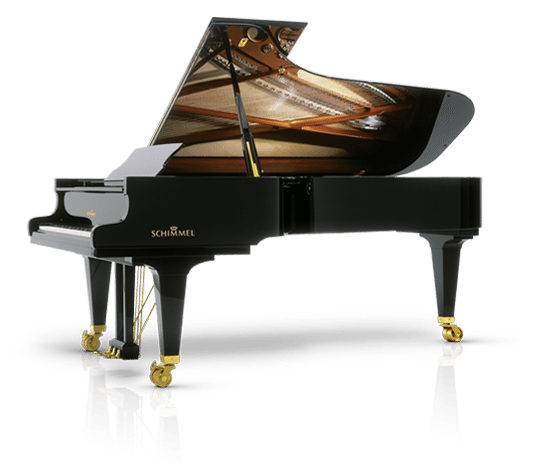

The Piano, originally called the gravicembalo col pian e forte (“harpsichord with soft and loud”), has been around for almost 300 years. It was invented by Bartolomeo Cristofori, a skilled instrument builder from Italy. The idea behind creating the piano was to construct a harpsichord that was sensitive to intensity of sound. Harpsichords are characterized by mechanics that inevitably pluck the strings of the instrument when you press the keys, causing the strings to vibrate at their resonant frequencies, which eventually leads to the sound that we hear. On the other hand, pianos utilize hammers that strike the strings when you press the keys. The speed at which a hammer strikes its string is dependent upon the speed at which you press the key. Thus, you can effectively alter the volume of the sound produced. Today, the Piano has evolved via electric and, further, electronic inventions to be available as a digital piano. A major section of the music fraternity firmly believe that the Piano is the king of instruments because of its ability to hold a complete performance on its own or accompany singing majestically. Learning the piano requires attention to detail, perseverance and patience. At OSM, tutors use a combination of pieces from Trinity, ABRSM and time-tested authors to develop a curriculum that match a student’s strengths.
Guitar
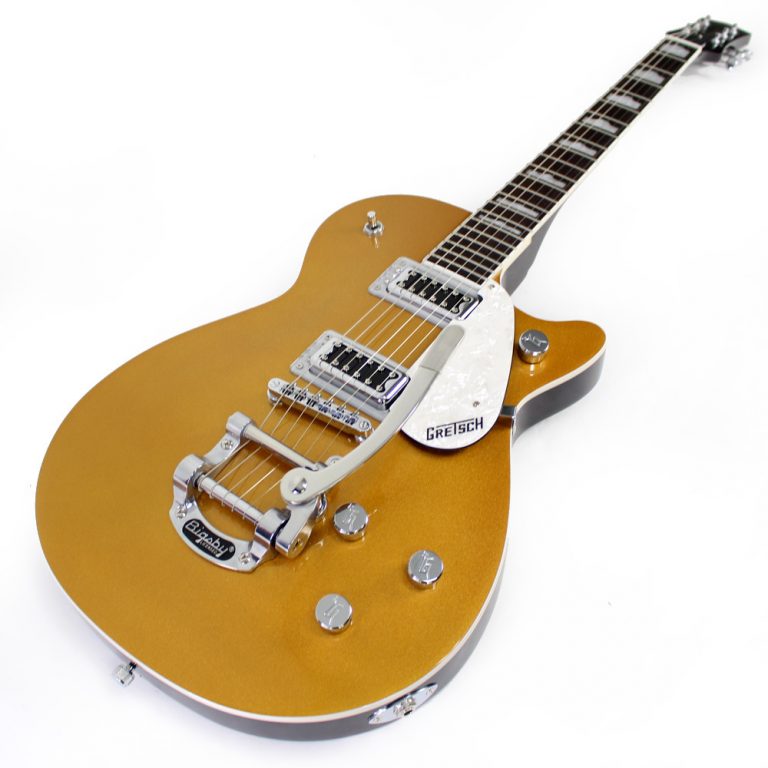
Guitar
The Guitar is an ancient and noble instrument, whose history can be traced back to over 4000 years. Dr. Michael Kasha in the 1960’s defined a Guitar as having “a long, fretted neck, flat wooden soundboard, ribs, and a flat back, most often with incurved sides” . The name “Guitar” comes from the ancient Sanskrit word for “string” – “tar”. The current form of Guitar we see is a fretted musical instrument that usually has six strings. The sound is projected either acoustically, using a hollow wooden or plastic and wood box (for an acoustic guitar), or through electrical amplifier and a speaker (for an electric guitar). For a right handed individual, it is typically played by strumming or plucking the strings with the fingers, thumb or fingernails of the right hand or with a pick while fretting (or pressing against the frets) the strings with the fingers of the left hand. Guitars have survived through decades of music evolution, strongly retaining its place on and off stage owing mainly due to its versatility and function in diverse genres and flexibility provided by its design to improvise on sounds that results in unmatched creative expression. At OSM, acoustic and electric guitar playing is taught. Tutors use a combination of pieces from Trinity, Rockschool and time tested authors to develop a skilled curriculum that matches a student’s strengths.
Drums
The modern (or contemporary) Drum Set (“batterie” in French, meaning also “drumming” and “drum corps”), also called “jazz drums” (or “drum kit” to describe a group of drums played by one musician or “trap drums” to designate the use of pedals or perhaps sound effects), appeared in the early twentieth century in the United States of America. Folks who have a natural inclination to rhythm and strong in quantization of time divisions are strongly appealed by this instrument. More often than not, modern drum sets are a permanent fixture in contemporary music performances. At OSM tutors use a combination of pieces from Trinity, Rockschool and time-tested authors to develop a solid curriculum that matches a student’s strengths.
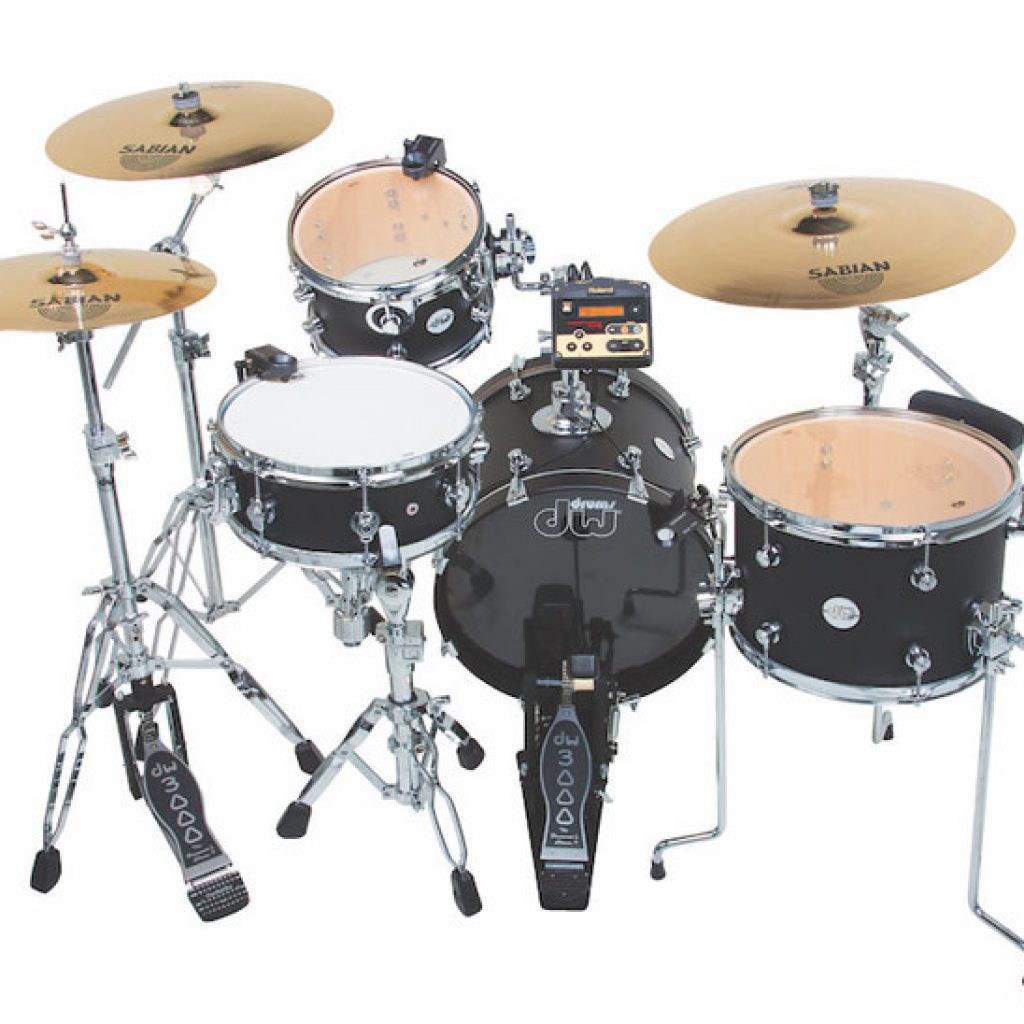

The modern (or contemporary) Drum Set (“batterie” in French, meaning also “drumming” and “drum corps”), also called “jazz drums” (or “drum kit” to describe a group of drums played by one musician or “trap drums” to designate the use of pedals or perhaps sound effects), appeared in the early twentieth century in the United States of America. Folks who have a natural inclination to rhythm and strong in quantization of time divisions are strongly appealed by this instrument. More often than not, modern drum sets are a permanent fixture in contemporary music performances. At OSM tutors use a combination of pieces from Trinity, Rockschool and time-tested authors to develop a solid curriculum that matches a student’s strengths.
Vocals
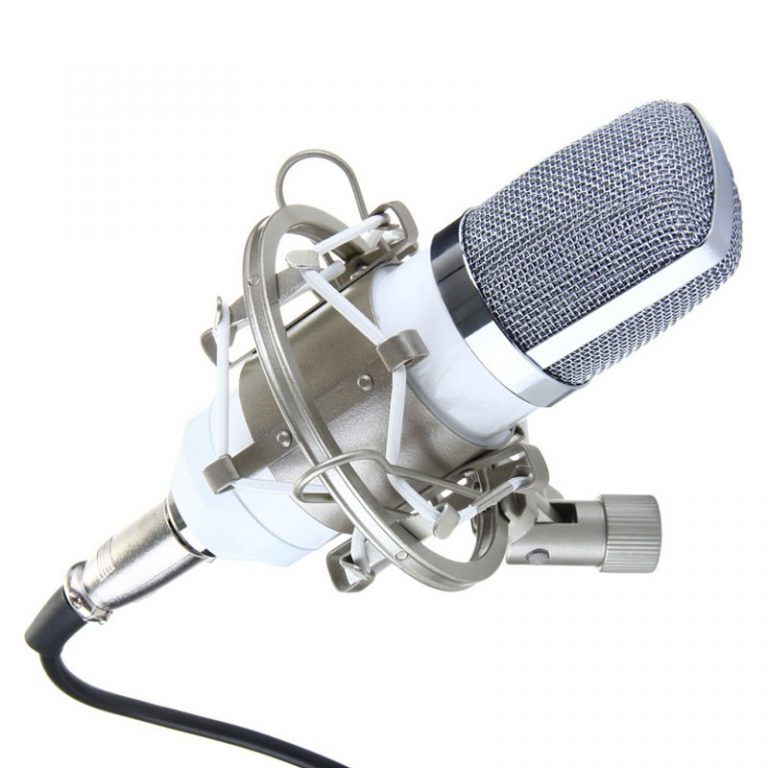
Vocals
Singing is the act of producing musical sounds with the voice and augments regular speech by the use of sustained tonality, rhythm, and a variety of vocal techniques. It is often misunderstood that singing is purely a natural talent and either one can sing well or not at all. This is untrue. While many are naturally gifted with an ability to discern pitch, rhythm and reproduce intended series of sounds using voice, vocal ability can definitely be trained with standard and improvised techniques to produce sounds, as accurately as intended. In other words, one could go from passable or routine to ‘great’ through formal training. At OSM tutors use a combination of pieces from Trinity, Rockschool, ARSM and time-tested authors to develop a tactful curriculum that matches a student’s strengths.
VIOLIN
The violin, also known informally as a fiddle, is a wooden string instrument. Most violins have a hollow wooden body. It is one of the smallest and highest- pitched instruments in regular use. The violin typically has four strings tuned in perfect fifths, and is most commonly played by drawing a bow across its strings.
Violins are important instruments in a wide variety of musical genres. They are most prominent in the Western classical tradition, both in ensembles (from chamber music to orchestras) and as solo instruments and in many varieties of folk music, including country music, bluegrass music and in jazz. Further, the violin has come to be played in many non-Western music cultures, including Indian music and Iranian music. The name fiddle is often used regardless of the type of music played on it. At OSM, tutors use a combination of pieces from Trinity, ABRSM and time-tested authors to develop an enriched curriculum that matches a student’s strength.
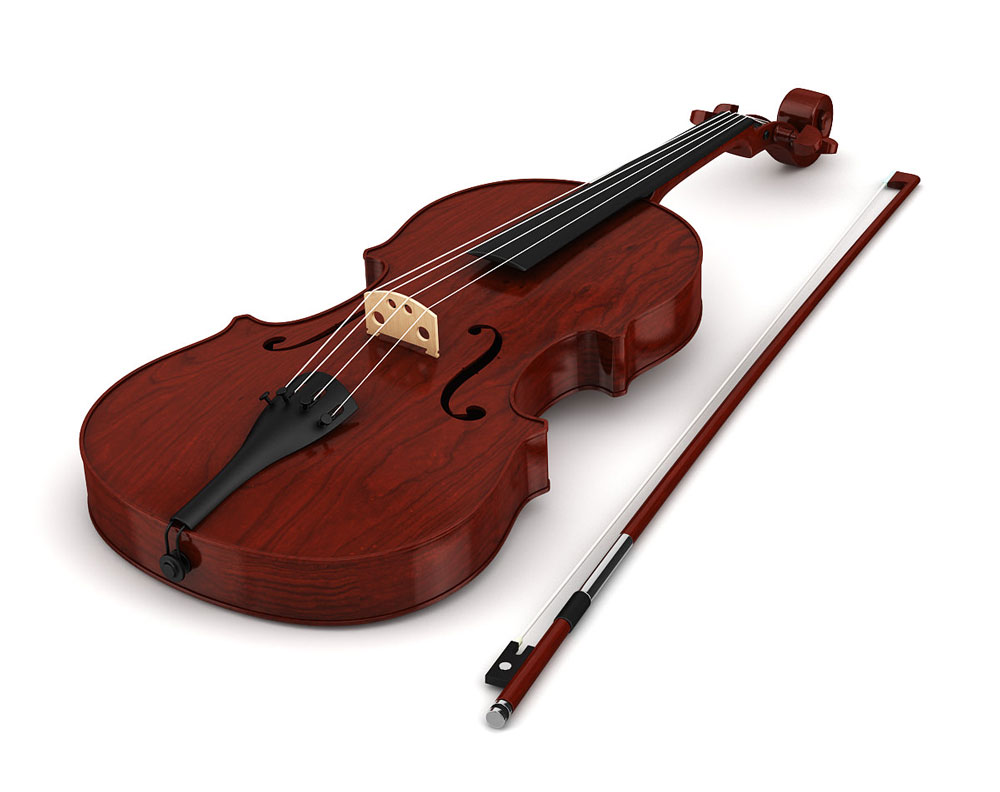

The violin, also known informally as a fiddle, is a wooden string instrument. Most violins have a hollow wooden body. It is one of the smallest and highest- pitched instruments in regular use. The violin typically has four strings tuned in perfect fifths, and is most commonly played by drawing a bow across its strings.
Violins are important instruments in a wide variety of musical genres. They are most prominent in the Western classical tradition, both in ensembles (from chamber music to orchestras) and as solo instruments and in many varieties of folk music, including country music, bluegrass music and in jazz. Further, the violin has come to be played in many non-Western music cultures, including Indian music and Iranian music. The name fiddle is often used regardless of the type of music played on it. At OSM, tutors use a combination of pieces from Trinity, ABRSM and time-tested authors to develop an enriched curriculum that matches a student’s strength.